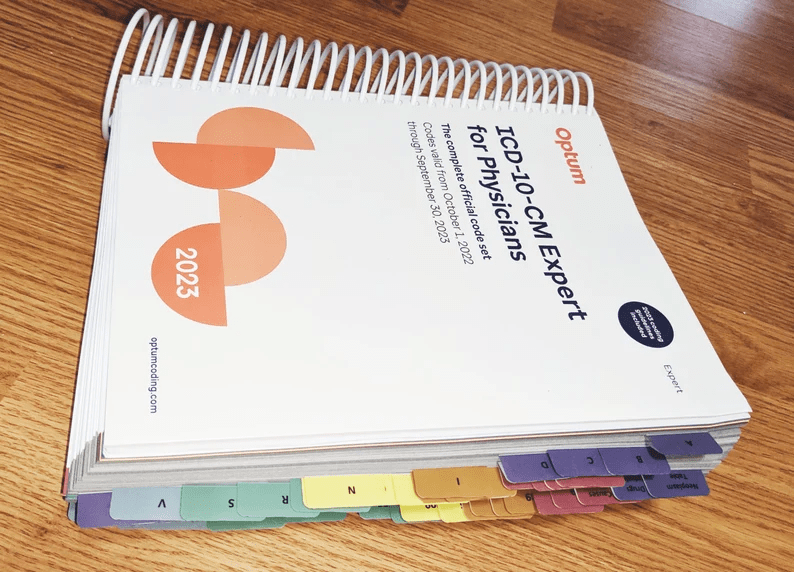ICD-10 Reference: Gastroesophageal Reflux Disease ICD 10 Code
What is Gastroesophageal Reflux Disease, or GERD? Gastroesophageal reflux disease (GERD) is a condition that develops when the contents of the stomach chronically back up into the esophagus. GERD is caused by a malfunction in the lower esophageal sphincter...

Part of our ICD-10 Easy Reference series, making coding easier by allowing easy code lookups.
What is Gastroesophageal Reflux Disease, or GERD?
Gastroesophageal reflux disease (GERD) is a condition that develops when the contents of the stomach chronically back up into the esophagus, causing a variety of symptoms such as heartburn, regurgitation, sore throat, and chest pain.
GERD is caused by a malfunction in the lower esophageal sphincter, which normally keeps the content of the stomach from entering the esophagus. It is a chronic condition that can lead to complications such as esophagitis, Barrett’s esophagus, and esophageal cancer.
The code K21.9 is used when the exact cause of the GERD is unknown or unspecified.
The ICD-10 code for Gastroesophageal Reflux Disease, or GERD, is K21.9.
This code is used to indicate GERD in the absence of any further specification.
This code belongs to the category of Other specified disorders of the esophagus.
Why was K21.9 used?
The reason this code was chosen is that GERD is a disorder of the esophagus caused by the reflux of gastric contents into the esophagus. Symptoms of GERD can include heartburn, regurgitation, dysphagia, and chest pain.
Does K21.9 require any backreferences?
This code also has backreferences to other similar codes, such as K21.0 (Gastroesophageal Reflux Disease with Esophagitis) and K21.8 (Other Gastroesophageal Reflux Disease), which provide additional information on the condition.
What does K21.9 stand for?
The first three digits (K21) indicate the disease group that the code belongs to, in this case, Other specified disorders of the esophagus.
The fourth digit (9) indicates the absence of a further subdivision of the disorder.
What other codes is K21.9 related to?
- Allergy, allergic (reaction) (to), T78.40
- milk protein, Z91.011 - see also Allergy, food
- Cardiochalasia, K21.9
- Chalasia, K21.9 (cardiac sphincter)